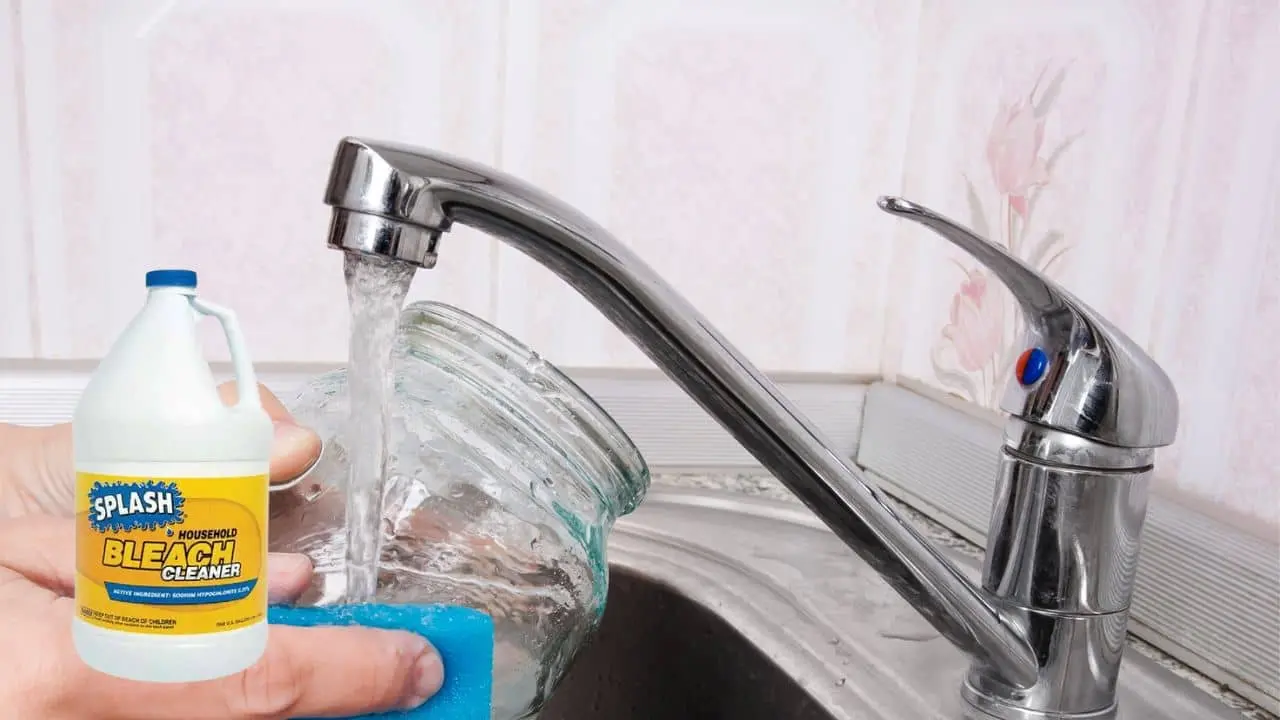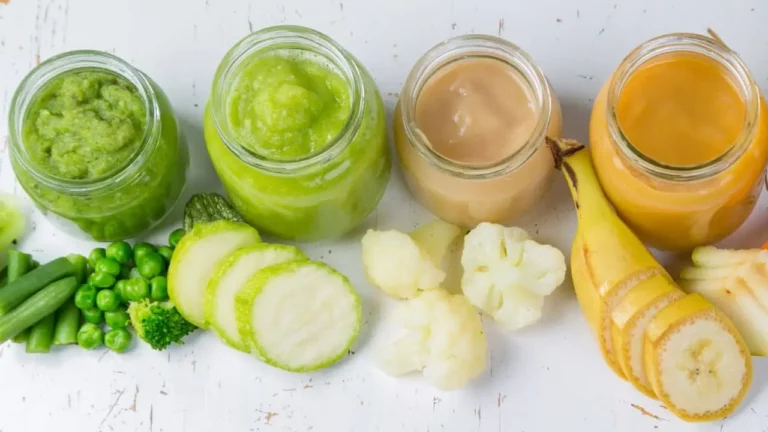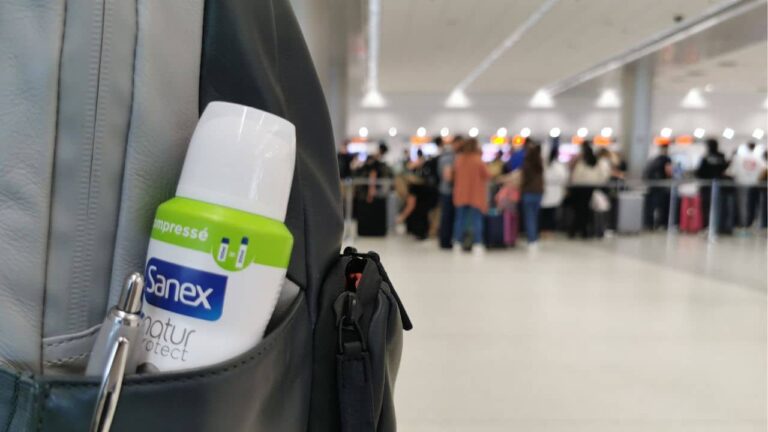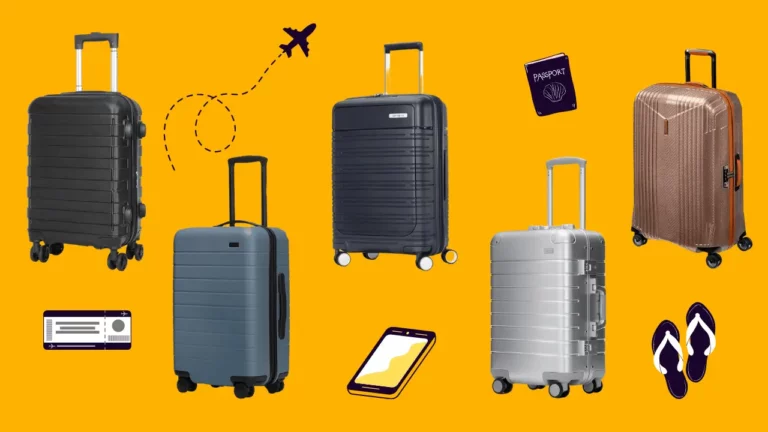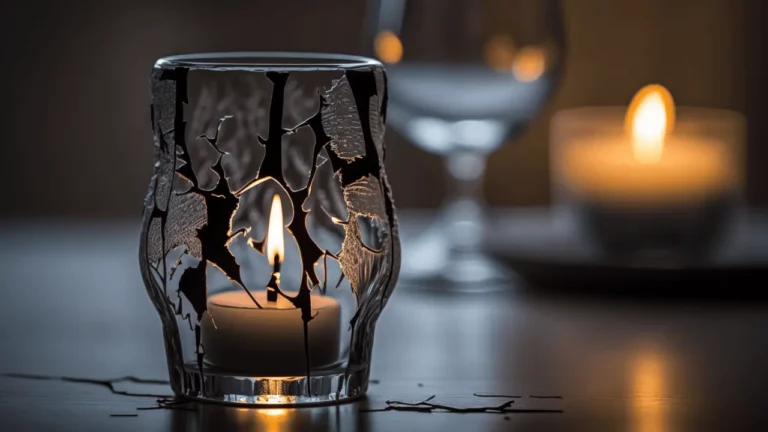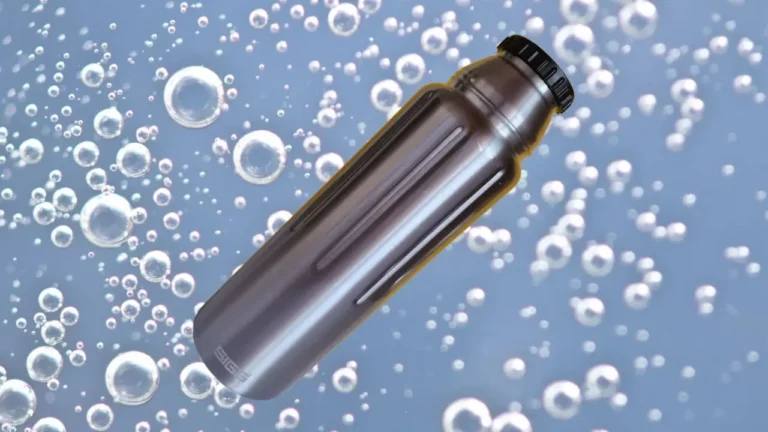Does Glass Absorb Bleach? 5 Things You Should Know!
We use many types of glass in our everyday lives, from drinking soda out of a glass bottle to keeping foods in glass containers. One of the questions that begs an answer is how to clean the glass properly that we reuse — if we use bleach, can the glass absorb the bleach?
Glass doesn’t absorb bleach, making it a unique material. Using bleach to clean glass is safe and effective. Scratched glass can retain microscopic traces of bleach; however, sanitizing the glass in a dishwasher at 400°F for 10 minutes will remove any traces of bleach.
You might be surprised at how many applications exist to clean glass with a bleach solution, suggesting that glass doesn’t absorb bleach since it’s not a porous surface. I’ll cover five things you should know about how glass interacts with bleach. Keep reading.
Things You Should Know About Using Bleach
Bleach is an excellent disinfectant and cleaner. Not only will bleach clean many non-porous surfaces, but it’ll sanitize them, too.
Bleach eliminates odors and leaves a surface clean, free of microorganisms. Many people use bleach to kill mold and mildew since it removes all traces of fungus.
You can safely use diluted bleach to clean glass objects.
1. Bleach Is Great for Disinfecting Glass and Other Surfaces
Ordinary bleach is a mixture of sodium hypochlorite and water, otherwise known as salt and water. The CDC recommends using bleach to disinfect glass and other surfaces. The correct ratio effectively kills bacteria.
You can measure the bleach solution for cleaning with either step:
- Mix one gallon (4.55 L) of room temperature water with one-third cup (78.86 ml) of household bleach.
- Mix one quart (32 oz) of room temperature water with four teaspoons (19.72 ml) of household bleach.
Allow the bleach solution to sit on the glass for one minute for maximum disinfection and cleaning. Rinse the glass and allow it to air dry. Make a new bleach solution each time you want to clean with bleach.
The CDC cautions against mixing bleach with any other cleaner, including ammonia, since this creates toxic fumes. High concentrations of these fumes will irritate the eyes and nose, breathing difficulties, and even death.
2. The Food Processing Industry Uses It Every Day
When bottling any food or drink in a glass vessel, the food processing industry uses bleach to kill dangerous bacteria such as E. Coli, Salmonella, and Listeria. Not only is bleach effective, but it’s an inexpensive way to protect public health.
The bleach used has fragrance or color. Food processing facilities use a minimal amount of bleach to clean glass vessels and dry them before filling them with foods or liquids.
3. Wineries Clean Glasses With Bleach
When you visit a winery, they must reuse the glasses for tastings. Once the winery cleans the wine glasses for reuse, how do they ensure they’re clean for the next guests?
They follow a three-step process to clean the glassware thoroughly for multiple reuses.
First, the winery washes the glass in a soapy bath. They use mild dish soap with no fragrance or added chemicals. The goal of the first step is to remove the lipstick, fingerprints, and wine stains from the glass. Paying particular attention to the rim of the glass ensures that the glass is sparkling clean for the next guests.
Then, the cleaner swishes the glass through a diluted bleach bath to kill any bacteria. The goal here is to disinfect the glass for the next guest.
Finally, the winery dries the glass with a sack towel that absorbs the excess water and leaves no residue or spots. An effective alternative is to use a microfiber towel to wipe away the water. The winery ensures they wash the sack and microfiber towels in unscented laundry detergent and no fabric softener. That way, no smells are left behind.
This process produces a clean, sanitized wine glass with no residue or cloudiness for the next guest to enjoy some fine wine.
4. Hookah Smokers Clean Their Hookahs With Bleach
Those who smoke hookahs should make cleaning the hookah after each smoke session a habit. Doing this removes carbon deposits and odors, leaving a clean hookah for the next smoke session.
Many hookah smokers disassemble the hookah and empty the tobacco from the glass bowl. They use a Q-tip to clean the crannies and edges to remove smoke residue. Finally, they wash the bowl with soap and water and then soak it in a bleach/water mixture to remove any bacteria.
The other steps to cleaning the hookah involve disinfecting and sanitizing the hose with soap and water, followed by the bleach/water bath. While the hose isn’t glass, using the same disinfecting process keeps the hookah clean for the next smoke session.
5. Restaurants Use Bleach as a Sanitizer for Glassware
While some health departments require restaurants to use bleach as a sanitizer for glassware and plates, many restaurants sanitize and disinfect these items using other proven methods to protect their customers.
Restaurants use two general methods to clean and sanitize multi-use glasses and other items like plates and utensils.
Sanitizing Using Hot Water and Bleach or Ammonia-Based Liquid
Sanitation process #1 happens in a sink divided into three parts. In the sink, the restaurant must do the following steps:
- Wash the items in hot water of at least 100°F (37°C) with soap.
- Rinse the items under clean, running water in the second sink.
- Soak the items in a bleach/water mixture or an ammonia-based liquid for at least 30 seconds.
- Air-dry the items.
Sanitizing Using
In sanitation process #2, the restaurant must put the items in a dishwasher with at least 160°F (71°C) water. They add a sanitizer from the bleach family to clean and sanitize the dishwasher contents.
Conclusion
The extensive use of bleach to clean and sanitize glass in public and private worlds shows that glass doesn’t absorb bleach. Instead, bleach is a safe, common way to ensure the cleanliness of glass items.
The conclusion is clear that glassware does not absorb bleach. Cleaning items of glass material in a properly diluted bleach/water solution will allow you to reuse it over and over again.
Sources
- CDC: Cleaning and Disinfecting With Bleach and Water
- Cgtwines.com: How To Properly Clean A Wine Glass
- Department of Health, San Francisco: Guidelines for the cleaning and sanitization of multiuse drinking glasses/utensils in guest room

